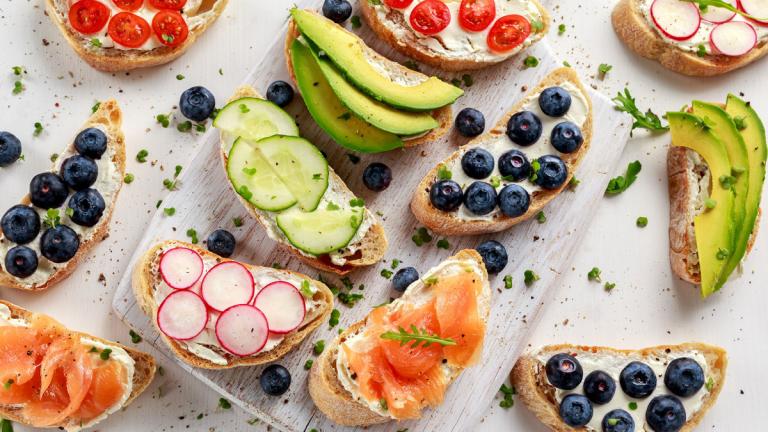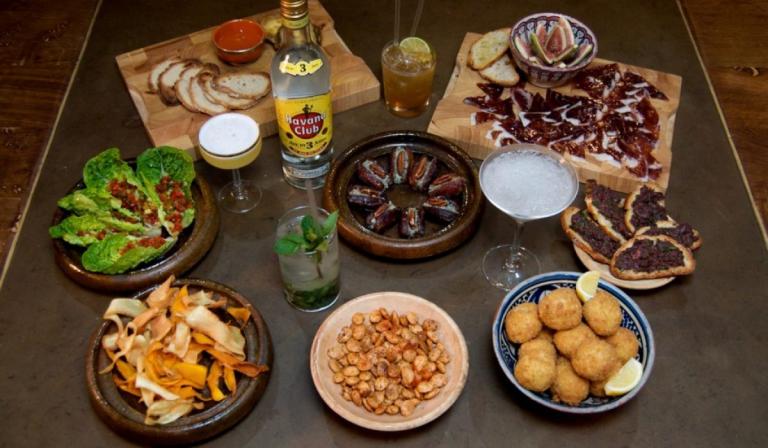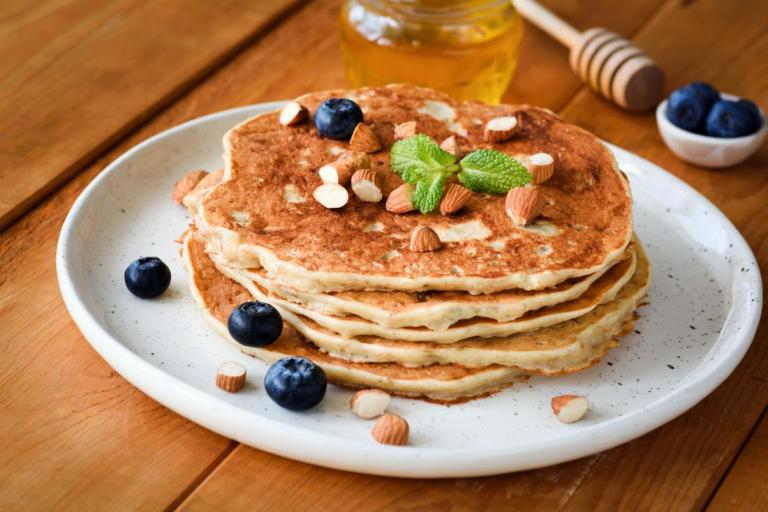WHEN TO EAT VARIOUS FOODS
3 min readOther than the actual foodstuffs, climate and time of year are perhaps the most important considerations for someone intent upon maintaining good health through conscientious eating habits.

According to traditional Taoist medical theory, one of the main causes of disease are the exogenous pathogens: the climatic aberrations of evil wind, excessive cold, heat, dampness, dryness, and firelike heat. These pathogens are believed to enter the body and cause havoc with one’s equilibrium. The flow of zheng qi is affected, the internal organs are weakened, the individual’s personal constitution is thrown out of skew, and illness is the likely outcome.
Because of the interdependence of all nature, the cold and heat that can attack a person from the outside also exist within each one of us as part of our individual constitution—we may be hot, cold, dry, damp, excessive, or deficient physical types. They also exert their influence as warming, heating, cooling, and cold characteristics of everything we eat.

It follows therefore that, when in the depth of a cruel northern Chinese winter a person curls up on a warm kang and considers what to have for dinner, he does not think of salads, seafood, and watermelon, all of which are cold foods.Hot ginger soup, warm chicken, chestnuts, and a dried peach aremore likely choices. While this may sound like common sense, because anything and everything is available year-round in Western supermarkets people often make what, in Chinese eyes, would be considered very poor food choices given personal temperament and time of year.
It is important for one’s health to eat according to season. Foods that are either slightly warming or cooling and those that are thermally neutral can be consumed without ill consequence during any season. Foods that exert powerful heating or cooling effects should not be consumed in the “wrong” season lest they exacerbate the influence of the pervading climate. However, taking cold food in summer will ensure greater resistance to summer heat. Hot foods in winter, on the other hand, protect against the cold.
Often, distinguishing between hot and cold foods is a matter of intuition or common sense. Nobody would consider black or white pepper cooling, nor would most people regard watermelon as warming. Often, however, we might be in doubt as to the thermal effects of bananas, crabs, or clams (all cold foods), or soybean oil (a hot food). We have therefore drawn up a list of cooling, cold, warming, and hot foods to help guide you in developing your awareness and making proper food choices. It is useful to remember that hot and warm thermal characteristics always correspond to Yang, and that cold and cool foods are always Yin.

Yin Foods Cooling: apples, barley, tofu, mushrooms, cucumber, eggplant, zucchini, lettuce, lamb’s liver, loquat, mandarin orange, mango, marjoram, mung bean, oyster shell, pear, peppermint, radish, sesame oil, spinach, strawberries, tangerine, wheat (and bran), fresh nonmatured coconut, yogurt, tea, jujube, rosehips.
Cold: bananas, grapefruit, melon, watermelon, persimmon, sugar cane, tomato, water chestnut, bamboo shoots, bitter gourd, lotus seed, egg white, clam, crab, kelp, seaweed, salt.
Yang Foods Warming: apricot seed, asparagus, brown sugar, butter, caraway, fish, cherry, chestnut, chicken, chive, cinnamon twig, clove, mature coconut,coffee, coriander, cuttlefish, dates, orange, tangerine, grapefruit or mandarin peel, eel, fennel, garlic, fresh ginger, ginseng, green onion (scallion), guava, ham, kidney, liver, kumquat, mustard, leek, longan, lychee, malt, meat, milk, mussels, nutmeg, peaches, raspberries, rosemary, shrimp, spearmint, pumpkin, anise seed, sunflower seed, basil, rice, broad beans, vinegar, walnuts, wine, alcohol.
Hot: cinnamon bark, dried ginger, black or white pepper, red or green pepper, soybean oil, pork and greasy meats, cream, cocoa, chocolate, butter.








